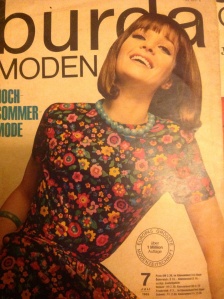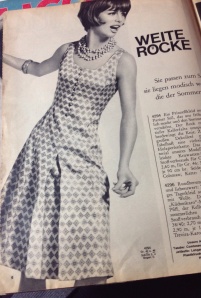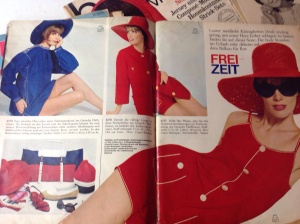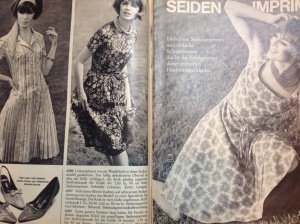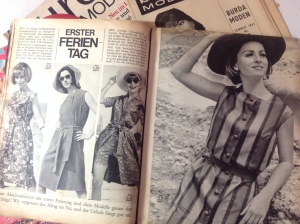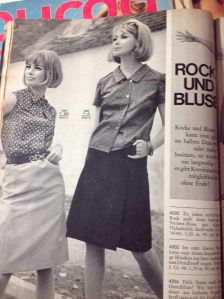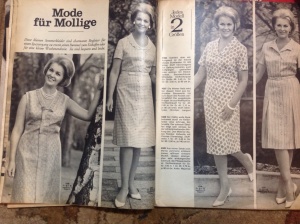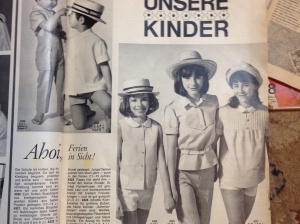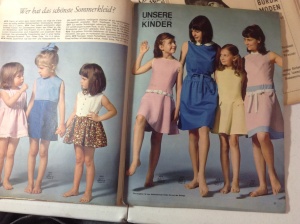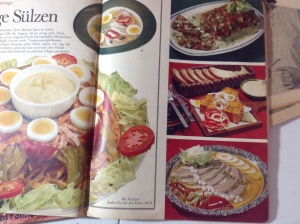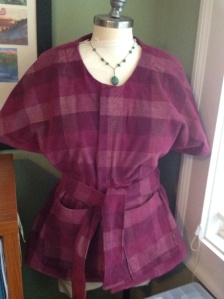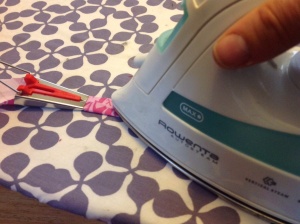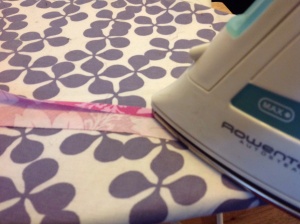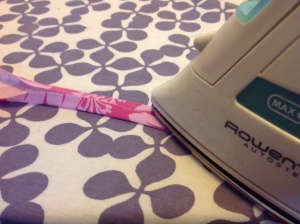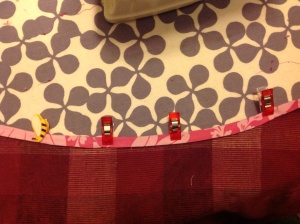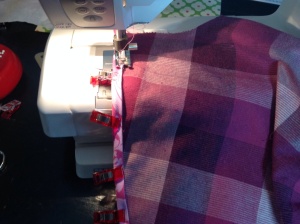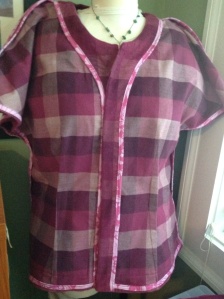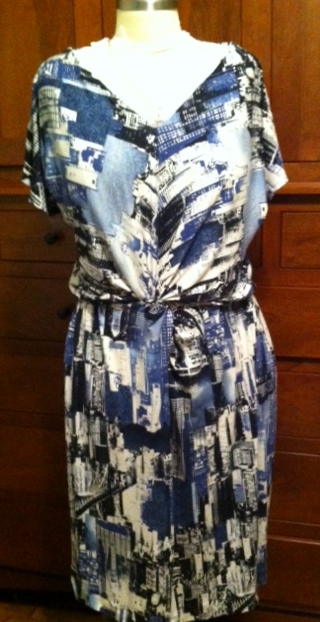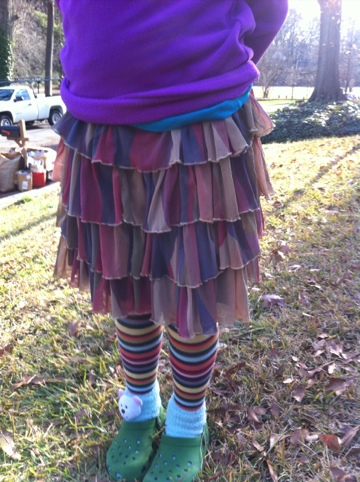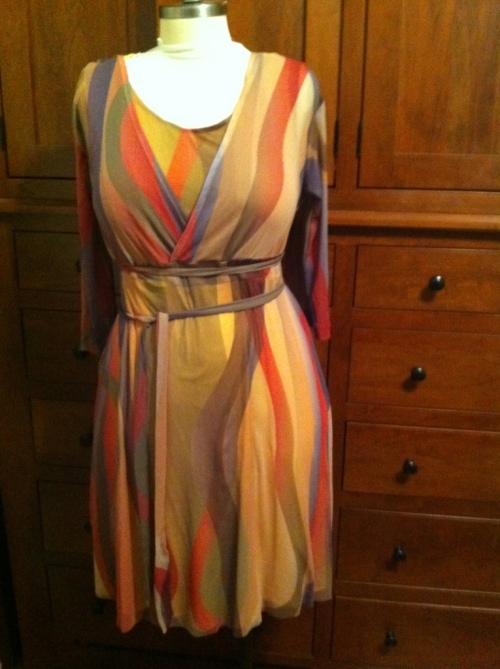The cover dress has a darted bodice and a circle skirt.
This dress has buttons going partway down the front with looped buttonholes. The front pleat is cute.
For the beach or lounging by the pool
There’s the cover dress, a pretty sundress, and a shirt dress with a pleated skirt.
I like the the dress over the shorts–great for bike riding!
Love the double breasted blouse with the wrap skirt.
In the vintage Burda magazines most of the styles were only printed in one size, although there seems to be one style per issue a the range of about 4 regular sizes. A few other styles may be available in a couple sizes, like some of these plus styles
The wrap dress in the top picture and the shirt dress with the scalloped collar are my favorites in the plus section.
There are patterns for a range of girls sizes in the children’s section. But only a couple things for boys.
I wish Burda would still have styles for little kids through teens each issue instead of focusing on just one small size range (usually under size 122)
Lots of knitting patterns for women and kids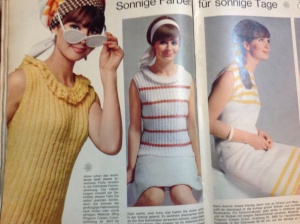
Even if I were a better knitter, the language barrier would hinder me too much with the knitting patterns
There are several articles I can’t read and then….
Maternity!
vintage maternity tends toward the tent like,
but the dress on the far left isn’t bad (sans bow)
this issue had many pages focused on baby products and some cut baby knitting projects.
There was an article about cacti (at least the photos were of cacti)
and then the recipes. This month’s food featured a lot of
Gelatine!
so not appetizing.
The sizing is different than modern Burda too.
this is my favorite issue of the three.
Next: August 1966

